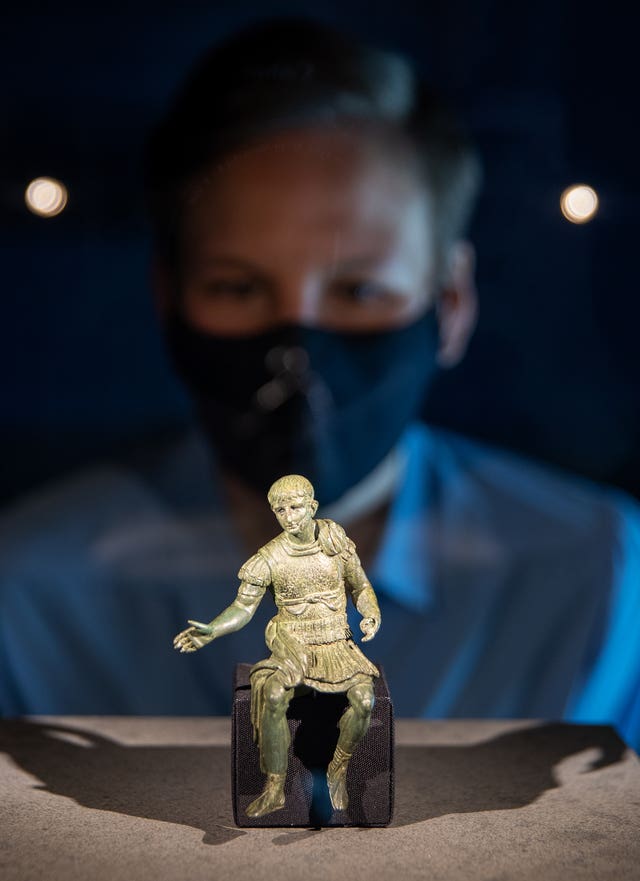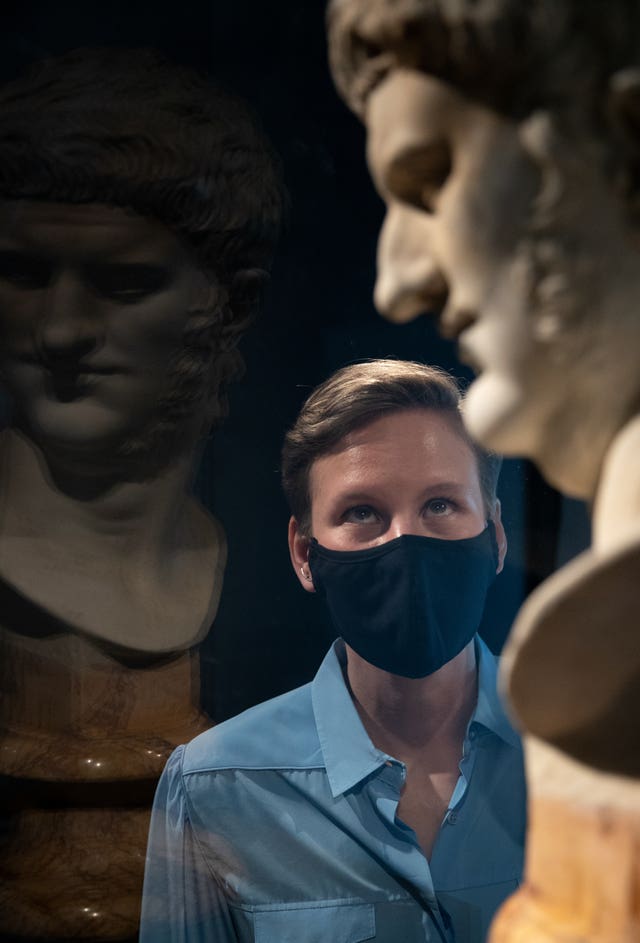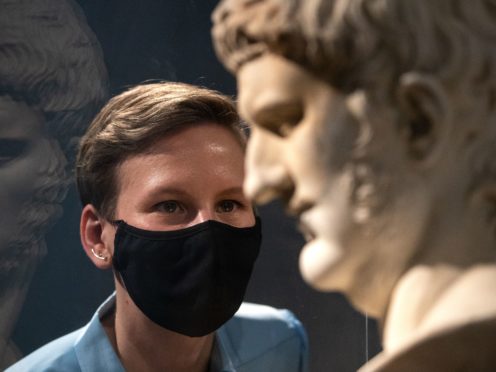A British Museum exhibition about the Roman emperor Nero has lessons for a contemporary audience about fake news, according to its curator.
Francesca Bologna said most of the surviving unfavourable depictions of the emperor came from artists and historians who were seeking to not look like “usurpers” to the political establishment that replaced him after his death.
The exhibition features more than 200 artefacts relating to Nero, including a marble bust and bronze figure of the emperor.

The project curator told the PA news agency that “almost everything we know about Nero actually comes from stories, most of them lies, that are centuries old”.
Bologna added: “Ancient historians, whenever they wrote history, they always had a very clear goal in mind.
“They manipulated history to get through their message or idea or whatever they were trying to push.
“In Nero’s case, the point was all these historians’ sources were writing when a new dynasty came to power.
“So they would not look like usurpers, they had to depict the previous family and the last of them, which was Nero, in the worst possible light.”

She added: “Everything about him that could be negatively seen was inflated, or just straight out lies were written about him in order to … create this picture.”
A marble bust lent to the British Museum by Rome’s Musei Capitolini tries to depict Nero as being “ugly” and “cruel”, Bologna said.
She said the exhibition had lessons about “‘fake news’ and so on and how information and the news have an important role in political debate”.
Bologna added that “the idea of approaching sources and information critically and carefully is always and will be forever relevant”.
Other items on display at the exhibition include treasures hidden during the destruction of Colchester in AD 60/61 and burnt artefacts from the Fire of Rome in AD 64.
Nero: The Man Behind The Myth opens at the British Museum in central London on May 27.
